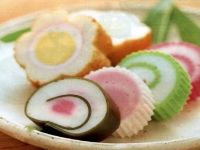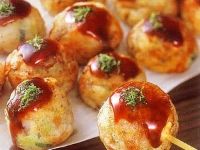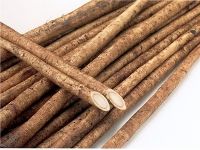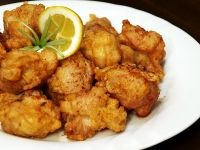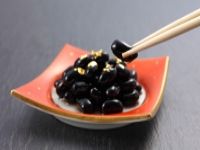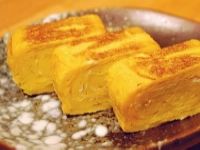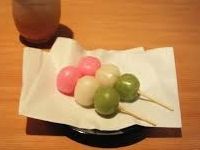I decided to pick up a few books I probably won't be able to find in the US. Even Amazon.com (as opposed to amazon.jp) doesn't carry these books. Therefore I decided to pick them up. They are a mix of vocabulary and JLPT test practice books.
 |
| This is the JLPT N4-N5 Book. |

I picked these up mainly because I am not going to carry around my text book. Books in America are awkwardly big and I don't care to carry such a heavy thing in my back back. Why America doesn't like pocket editions, I have no idea.
I am also not too fond of the text book we use in class but it is a very popular text book in America and Europe I hear.
There is more English than Japanese in the text book, so it is good for beginners. Vocab per chapter used to match up in early chapters, same with the kanji, but in later chapters and the second volume, they seem random and don't line up with the chapter theme.
Japanese can be an intimidating language and the book does provide a fun, easy looking means to learn Japanese.
The good thing is, it does come with a work book and has a CD for the conversation parts.
 If you are studying for JLPT (Japanese Language Proficiency Test), then there are a few options of books. Really, a few. If you want instruction, not just practice tests, then pick up these:
If you are studying for JLPT (Japanese Language Proficiency Test), then there are a few options of books. Really, a few. If you want instruction, not just practice tests, then pick up these:These pictures are the N3 level. (Beginner is N5, fluent is N1). The raccoon is always reading, monkey is grammar, owl is kanji, bunny is listening and chipmunk is vocabulary. The only down side is that these are thin text books. They aren't small pocket sized books unfortunately. I have not bought them but use them from the library. I currently work with N3 and N4 typically.
I can't really tell you how to learn a language nor what book works best. There are many books out there. "Learn Japanese in 60 days!" Well, that probably won't happen. It will be frustrating and you will hit walls that will force you to take a day or two off. It will be hard, and self study is very difficult. Keep at it, try your best and find what works for you!
















